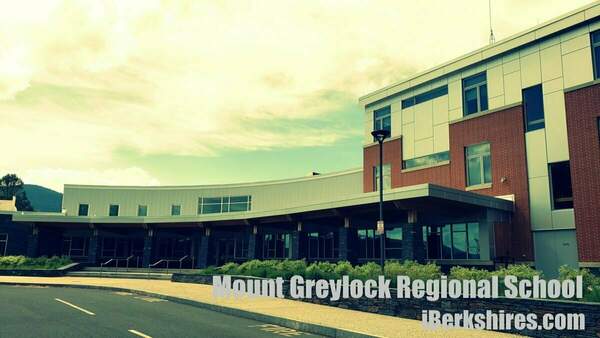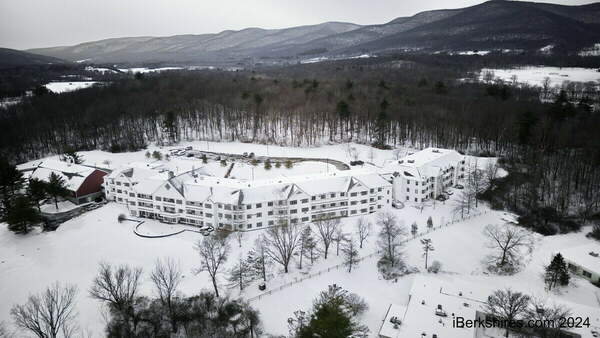
Williamstown-Lanesborough Superintendent Leaving Post Under Fire
WILLIAMSTOWN, Mass. — The brief tenure of public schools superintendent Douglas Dias came to an end Monday after an evening of lengthy closed-door discussions among the three school committees he served.
Dias, who was hired to administer the Lanesborough-Williamstown Tri-District in spring 2015, is leaving the post in the wake of undisclosed "complaints or charges" leveled against him.
"After careful consideration of our respective managerial and educational priorities, the parties agreed to sever the relationship," Dias' attorney, Michael Long of Hingham, said in a brief statement. "We wish each other well in our future endeavors and will have no further comment at this time."
The Mount Greylock Regional, Lanesborough Elementary and Williamstown Elementary school committees voted to authorize district counsel Fred Dupere of Westfield to negotiate the severance.
The committees met in executive session for a total of about 3 hours, 35 minutes.
They convened in a meeting posted with two items: a discussion of the superintendent's contract and a discussion of unspecified "complaints or charges" against him. Both items were posted as potential topics for executive session.
Before adjourning from open session, the committees agreed to discuss the contract first and convene an executive session on the "complaints or charges" item only if necessary. About 2 1/2 hours into the executive session, the committees briefly reconvened in open session to say that they would not be addressing the "complaints or charges."
After the 5 p.m. meeting adjourned just before 9 p.m., Dupere confirmed that the discussion of Dias' contract — item No. 4 on the agenda — arose out of the complaints mentioned in item No. 3.
"There was a discussion between counsel about potential next steps," Dupere said about the genesis of item No. 4. "I discussed it with the committee chairs, and it became an agenda item."
After the meeting, Long repeated his refusal to comment further on the matter.
Long and Regina DiLego, the Lanesborough Elementary School Committee member who chairs Superintendency Union 71, declined to identify which of the three school districts was the source of the "complaints or charges" — DiLego on the advice of Dupere.
Mount Greylock School Committee member Steven Miller, an outspoken critic of Dias, said he could not say whether he was the source of the "complaints or charges."
"I don't believe I'm allowed to answer that," Miller said.
Dias was principal of Medway High School when he was selected by the three committees over one other finalist candidate in March 2015 to replace Rose Ellis, who had retired. He started in the post on July 1, 2015, with a salary of $150,000 for his first year, with negotiations to follow.
In June, Miller gave Dias an unsatisfactory rating in the first-year superintendent's annual evaluation, but Miller wrote at the time he thought it was possible for Dias to be "a great superintendent for our district."
Miller, speaking as a private citizen, also has been critical of Dias' decision to cut a full-day special education preschool program in Williamstown, where Miller resides.
On Monday, Miller was a minority of one on the lone action taken in open session: a vote by the three committees to authorize Dupere to negotiate the severance. Afterward, he declined to explain why he objected to the authorization.
"I don't know if it's possible to discuss this without discussing what occurred in executive session," he said.
Dias will continue to serve as superintendent of the Tri-District while the separation is being negotiated.
Mount Greylock School Committee Chairwoman Carolyn Greene attempted to keep the committees — and the public — focused on the continued success of the three schools.
"I would like to express my confidence in the strength of our districts," Green said. "We have strong administrators, strong central administration and strong school committees. All are committed to working together in the best interest of our districts and will continue to do so.
"I'd like to end by thanking Dr. Dias for his work with the three committees."
Tags: LES, MGRHS, SU71, superintendent, WES,















